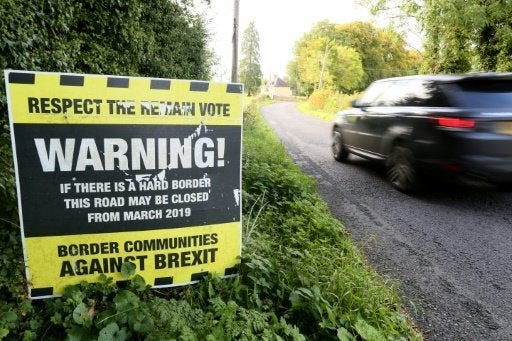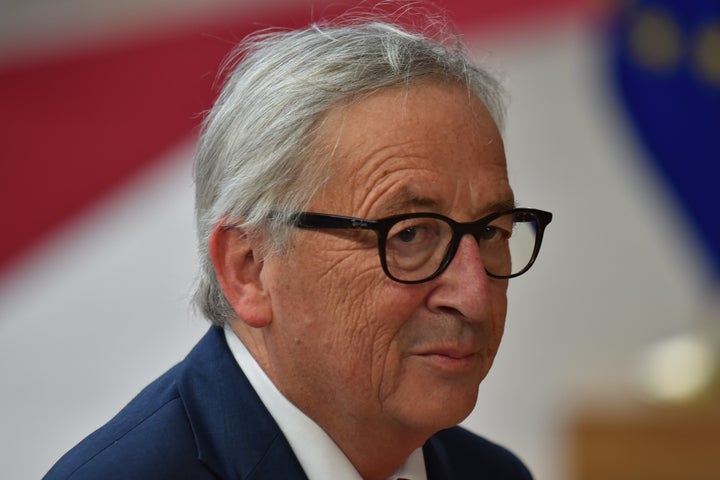As the UK’s exit from the EU draws closer, there are lots of Brexit terms being bandied around. But one of them keeps cropping up more than others: the backstop.
It’s a key part of the Brexit deal, and the term has been argued over by politicians countless times in the last few months. But the thing is – we’re going to just say it, no shame – a lot of people still have absolutely no idea what one is.
See exhibits A, B and C:
Navdeep, Rebekah and Fiona: we feel your pain. Well done for admitting what a lot of people won’t.
Thankfully though, it’s not actually too late to ask.
So what is a backstop? And why is it so important? Let’s take it back to basics...
First of all, we’ve got to talk about Ireland
After Brexit, the border between Northern Ireland and Ireland will become the UK’s only land border with the EU.
In the run-up to March 2019, the date we will officially leave the bloc, the government is trying to work out how this will function.
Previous estimates suggest as many as 30,000 people cross the border every day – for work, to study, socialise or use health services. So, both Northern Ireland and Ireland are keen to avoid a “hard border” – one which could see the return of passport checks and police.
There are fears this would be a huge step back for Ireland, endangering the Good Friday agreement and subjecting people to checkpoints similar to those in place during The Troubles.
Instead, they want a border like those between EU countries such as Spain and France, where tourists and residents can simply drive or walk across an invisible line.

Ok… so where does a backstop come in?
The EU and UK hope to agree a trade deal that will avoid a hard border. But if they can’t, a backstop proposal will be triggered.
The deadline for them to make an agreement (and the end of the transitional period) is currently December 2020.
The backstop will mean trading and services can continue operating as they are, despite the two countries effectively being under different jurisdictions (Ireland will still be subject to EU rules and regulations, while NI will not).
Crucially, the backstop agreed should also mean residents on both sides will be afforded free movement across the border without interruption to their daily lives.
What is the current backstop proposal?
The EU previously proposed a backstop that would mean NI remains part of the EU customs union and its VAT system.
But the British government was not a fan of this, as it would effectively mean the post-Brexit UK/EU border is the Irish Sea, not the land one between Ireland and NI.
Instead, the UK has negotiated a backstop that will keep the entire UK in a single customs territory with the EU.
Northern Ireland would also be more closely aligned to the EU and there would be some checks on goods travelling from the UK to Northern Ireland.
As long as the backstop is in place, the UK would also essentially be unable to negotiate its own international trade deals independently of the EU.

How does everybody feel about this?
Conservative Party Brexiteers are really unhappy – Jacob Rees-Mogg, we’re looking at you – and the Northern Irish party, the DUP, is also annoyed, pointing out that under this proposal NI would be treated differently to the UK, something May promised wouldn’t happen.
A key campaign promise of Brexiteers was the promise the UK could negotiate trade deals and they fear the UK could get trapped in the backstop’s customs arrangement forever.
Under the draft Withdrawal Agreement, the EU has to agree to let the UK end the backstop.
Taoiseach [Irish Prime Minister] Leo Varadkar is a fan though. So basically, like most aspects of Brexit, this is proving to be divisive.
What now?
Theresa May had long insisted that the backstop was a central part of the deal. But after her agreement was overwhelmingly rejected by MPs she had decided to try and ask the EU to change it to appease Tory MPs.
This is easier said than done however, as the EU has insisted the Withdrawal Agreement will not be renegotiated or reopened.
